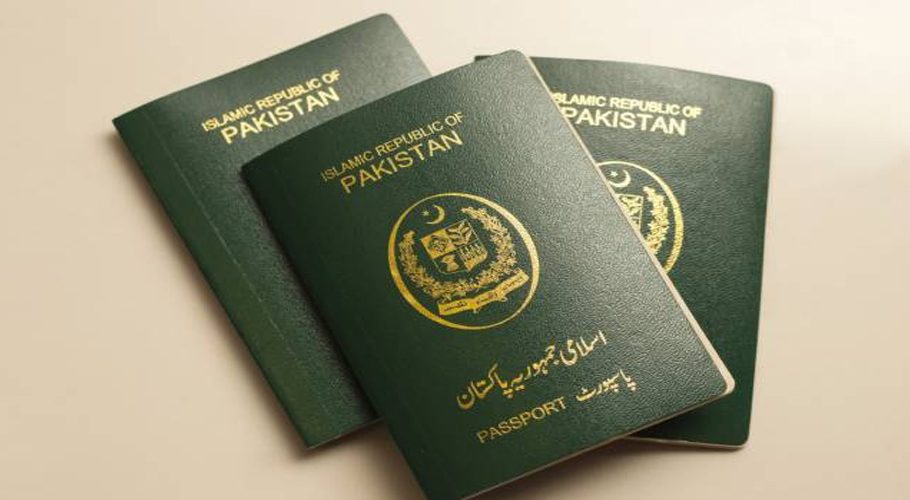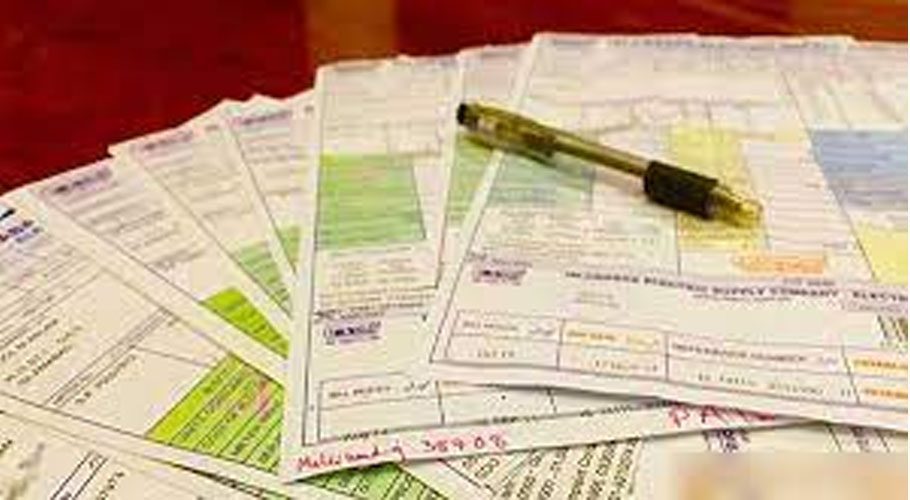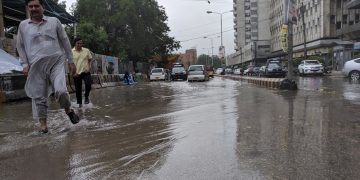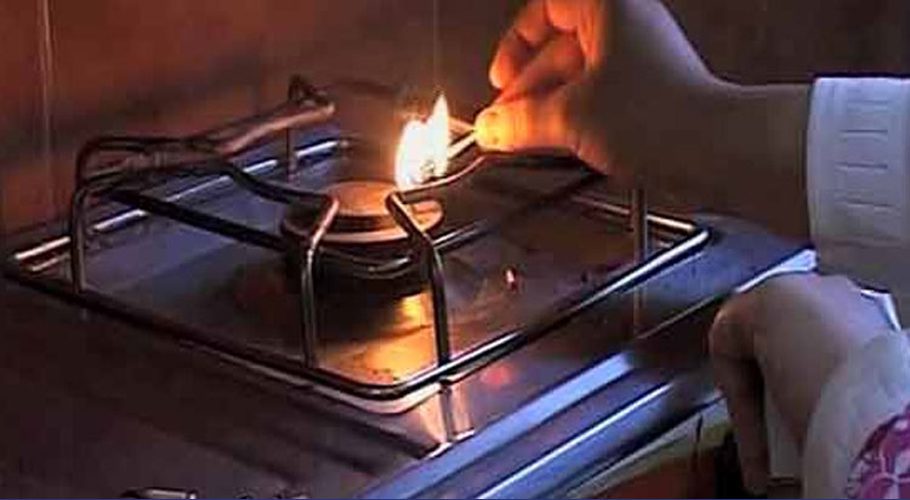In the developed world, tap water is very safe to drink, and in many cases, safer than bottled water. Many people worry about ingesting the chlorine or fluoride that’s commonly found in tap water, but there are filters available that remove those additives.
Bottled water has several disadvantages, including its negative impact on the environment due to the production and disposal of plastic bottles. It is also more expensive than tap water, may pose health risks due to plastic leaching and may not always be subject to the same safety regulations as tap water. The quality of bottled water is not always superior to tap water, and its production and transportation contribute to greenhouse gas emissions and climate change.
Here are a few good reasons to stop using bottled water in your home.
Environmental impact: The production and disposal of plastic bottles used for bottled water contribute to pollution and harm the environment. Many of these bottles end up in landfills or oceans, where they take hundreds of years to decompose and can harm wildlife. You may not realize it, but plastic can take up to a thousand years to degrade in the environment. And even when it does degrade, that can’t be considered much of a win for the environment, since the process can release the toxic materials that were used to manufacture the bottle. Although recycling helps, it is estimated that some 2 millions tons of plastic bottles end up in U.S. landfills every year. Not to mention the vast “islands” of plastic waste that floats around in the world’s oceans.
Cost: Bottled water is more expensive than tap water, which is often just as safe and sometimes even safer to drink. The cost of buying bottled water can add up over time and be a significant expense for some people. Right now in the United States we are paying a little over $3 for a gallon of gasoline, and in many other countries it is much more expensive. With 128 fluid ounces in a gallon, that works out to about 2 cents per gallon. Bottled water, on the other hand, can be purchased in a 20-ounce bottle for around a $1 in the U.S. That works out to about 5 cents per ounce which is 3 cents more than gasoline, which has to be pumped from the ground in the form of crude oil, refined into gasoline and then shipped to distributors.
Health risks: Some types of plastic used in bottled water containers can leach chemicals into the water, especially if the bottles are exposed to heat or sunlight. Additionally, bottled water is not always subject to the same strict safety regulations as tap water, so it may not be as safe to drink as you think. Although big companies are slow to recognize the dangers of storing food and drinks in plastic containers, it’s well-known that many plastics leech potentially harmful materials into the contents, creating health risks that are not yet fully understood. Harmful compounds called phthalates (group of chemicals used to make plastics more durable) are one potential danger that could be leeching into drinking water bottles and putting consumers at risk.
Quality concerns: Bottled water may not always be of higher quality than tap water. In fact, some brands of bottled water have been found to be no different from tap water in terms of taste and quality.
Sustainability: The production and transportation of bottled water require significant amounts of energy, contributing to greenhouse gas emissions and climate change. This is especially true for bottled water that is imported from other countries.
It’s a joke: Seriously, big mega-corporations like Coca-Cola, Pepsi, and Nestle are cashing in big time (bottled water sales account for $60 billion world-wide!) by selling plain water to consumers. Many people don’t seem to realize that there is nothing “special” about many of the brands of bottled water on the market, and in some cases, it is simply tap water in plastic bottles with pictures of pretty places on them. As consumers, this joke is on us!
Less Regulated: Although drinking water from the tap in the United States is regulated by the Environmental Protection Agency (EPA), bottled water is regulated by the Food and Drug Administration (FDA) which has less stringent criteria. The end result is that tap water is probably safer to drink than the bottled water found in the supermarket. If the quality or taste of your tap water is a concern, a high-quality filter will likely make it more safe to drink than bottled water.
Waste Energy: The manufacture of plastic bottles involves the use of petroleum products, which are also used when the product is moved from the bottling company to a warehouse, and then on to a retail outlet. During a time when we are all paying more for fuel, it seems silly to be wasting it by using it to make plastic bottles for water and move it around the country and the world. The bottle–manufacturing process also creates pollution and waste, which isn’t at all helpful to the environment. Each and every week, some 38,000 trucks are transporting bottled water around the U.S. One wonders how much pollution that spews into the atmosphere.
Safe Water for All: Not quite. Roughly one in six people on the planet do not have safe drinking water, and about 3,000 children per day die from diseases related to unsafe drinking water. The $16 billion Americans spend on bottled water in a single year could probably accomplish a lot when it comes to making drinking water safe in less developed countries or even to improve crumbling infrastructure right here at home.


































